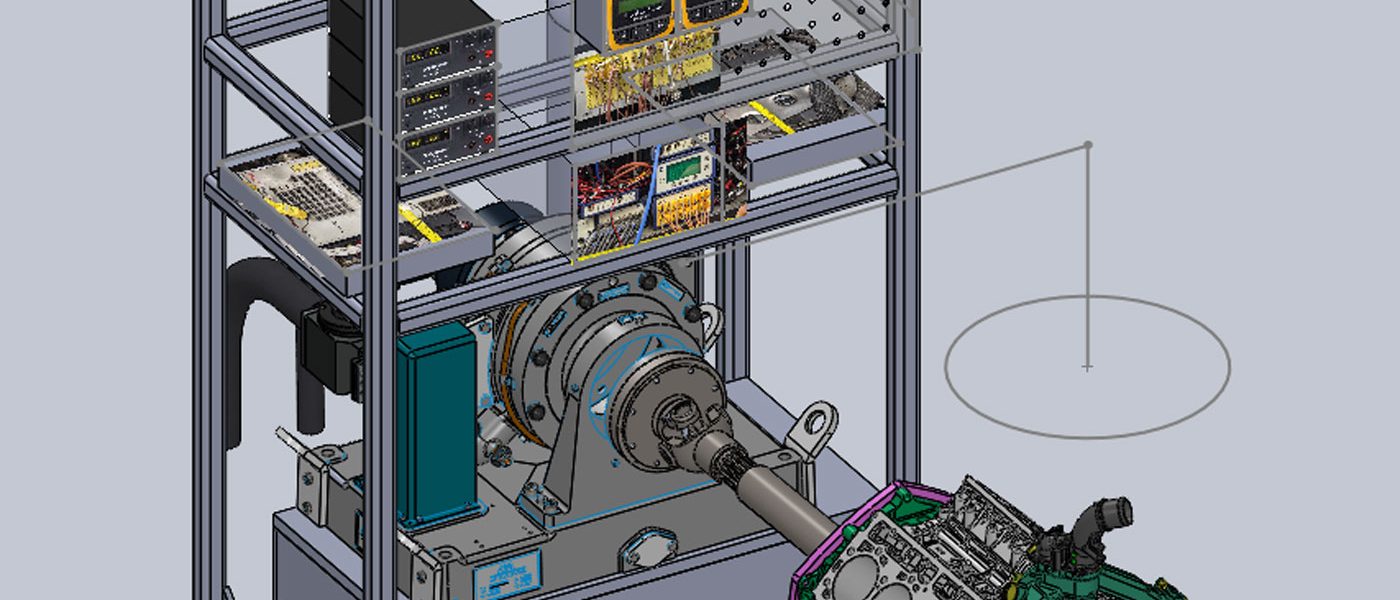Banks Dyno Cell #2 Update
A few weeks ago Gale gave a video tour of the now gutted Banks Dyno Cell #2 described the AVL system being installed. The goal of this new equipment is the ability to have complete repeatability for all dyno tests regardless of configuration, engine size, output, weather, or time of day. This accuracy is key to delivering dependable and predictable engines for street, strip, marine, or military. Also being integrated into the cell is emissions capability, ensuring that Banks powerplants meet whatever standards the customer or regulatory body demands.

All that said, it’s a little difficult to imagine the new system just by the components, so engineers are hard at work assembling the systems virtually. As you can see from the CAD illustrations, the system will be compact and have an available sensor suite to capture all the information required. Looking closer at the layout (red arrow), you’ll notice several rows of Banks 4-Channel sensor modules that funnel sensor readings to the iDash DataMonsters mounted in the control room.

Before all the systems can be assembled in the dyno cell, a central power and communications hub needs to be completed. This nerve center has completely discrete power and communication lines that are isolated from each other so that no signal degradation can occur, keeping the data stream uninterrupted and pure.

Also in Gale’s previous video he went over one of the most important features of the new dyno: the cooling system. While the new system is capable of handling over 2,000 horsepower for short durations, Banks is in the business of creating dependable power for more than just street and drag racing. Controlling the temperature of the dyno will allow Banks to run engines for the 400 and 800 hour NATO tests, uninterrupted at full throttle for weeks at a time. Having the capability of controlling the water temperature to a constant 33° C, the AVL Zolner PS1-2611 Hydraulic Dynamometer can be made to sustain 1,005 horsepower and 1,844 lb-ft continuously with steady, accurate and repeatable results. This is incredibly useful when testing high-horsepower for long periods of time.

Thanks to Roger, our facilities manager, who gave the cell a fresh coat of paint and checkered flag border in preparation for the new dyno. The cell will never be this empty again.

